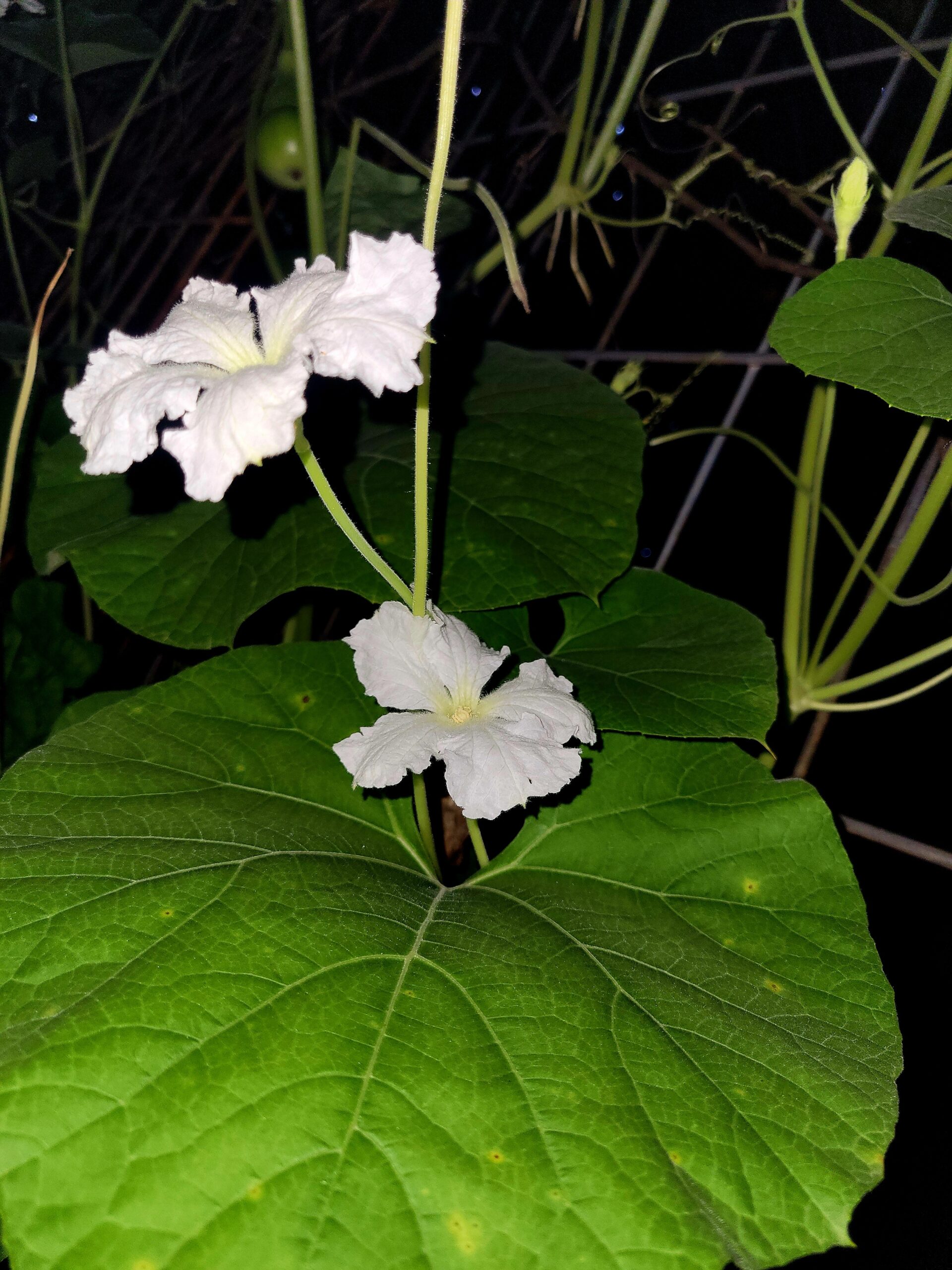
Birdhouse Gourd
This fun-to-grow birdhouse gourd is good for more than making birdhouses. Crafts, water bottles, food containers, musical instruments, and floats for fishing nets are only some of the many uses of this gourd.
|
Unknown |
|
Lagenaria siceraria |
|
Easy to Intermediate |
|
Intermediate |
|
4 years if properly stored |
|
Annual |
|
Slow. It can take up to 3 weeks. |
|
75-90 F |
|
None |
|
1 inch |
|
Vine |
|
Full sun |
|
120 days |
|
April and May |
|
Yes |

Picture by Grace Woods. Used with permission.
Growing Tips


When to Start
Indoor Start: Three weeks before the last frost. (April 1-10 for Jefferson, GA)
Direct Sow: Direct sow in long-season growing areas (like Jefferson, GA). Wait until the danger of frost has passed and once the soil temps have reached 70 F.
How to Grow
In areas that have a shorter season, start seedlings indoors 3 weeks before the last frost. In longer-season areas, direct sow after all danger of frost has passed and soil temperatures have reached at least 70 F. Sow to a depth of 1 inch. According to Rareseeds.com birdhouse gourds have spotty germination. Plant several seeds and then thin them if needed. Germination can take up to 3 weeks.
Care
Birdhouse gourds prefer well-draining soil and full sun. Space or sow plants 24 inches apart. These are big vines that will take over an area. They can be trained up a trellis to help conserve space and make harvesting easier.
These gourds need lots of water. Keep the soil moist but not soggy and don’t let the soil dry out. Regardless of growing on a trellis (which is recommended) or allowing them to trail on the ground, apply a thick layer of much to suppress weeds. Weeding is particularly difficult as the vines spread on the ground. Mulch also has the added benefit of retaining soil moisture. Trellises are preferred as they will help keep the gourds up off the ground. If they are touching the ground the gourds tend to rot. The rest of the care requirements are identical to squashes.
Like squashes, these gourds produce male and female flowers on the same vine. Unlike squashes, let the vine grow to the desired height and then prune or tip it to encourage lateral branching.
Harvest
Leave the fruit on the vine until AFTER the first frost. The vine should die and turn brown. Then harvest the gourds by cutting them off the vine. Continue to dry them in a “cold, dark, and dry storage area such as a garage or basement. Make sure to check them occasionally and turn each gourd to prevent molding. After the gourds are dried, you can drill a small hole to make your birdhouse.”1
Seed Saving

Isolation Distance
Isolate different varieties by 1/2 mile.
Instructions
Harvest fruit before it has dried out when it is still green in color but has developed a tough skin. Cut the gourd and scoop the seeds out to dry. Once the seeds a dry store them in a cool dry place.
Features
- Good for water bottles, birdhouses, and other crafts.

Use a trellis to keep the fruit off the ground. The gourds are prone to rotting when touching the ground.
Sources:
1. Kondo, Ebi “Birdhouse Gourd, Lagenaria siceraria” Denver Botanic Gardens, 1 November 2021, https://www.botanicgardens.org/blog/birdhouse-gourd-lagenaria-siceraria#:~:text=Growing%20birdhouse%20gourds%20is%20very,well%2Ddrained%2C%20fertile%20soil.
Rareseeds.com
